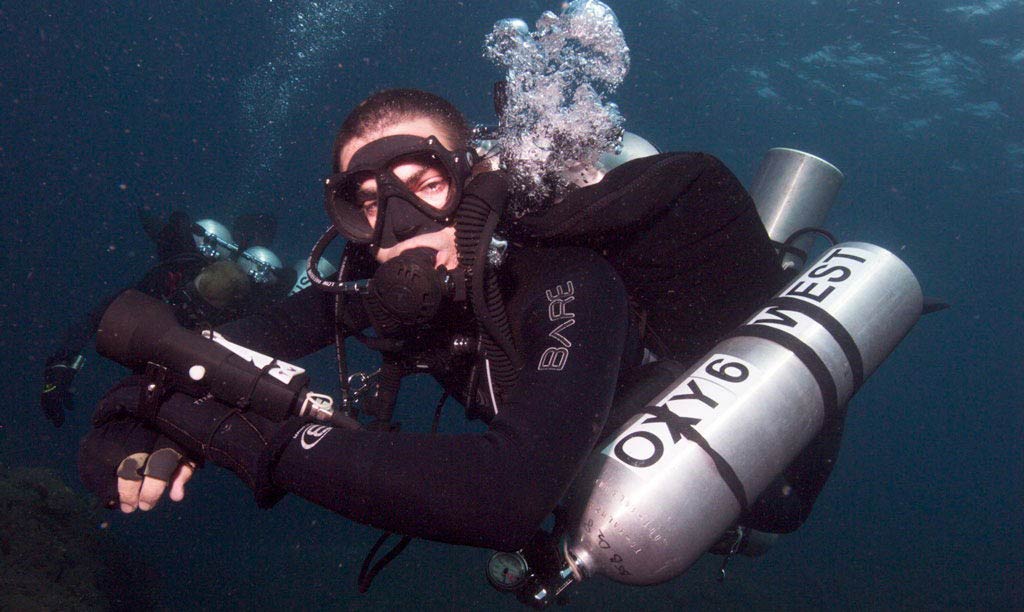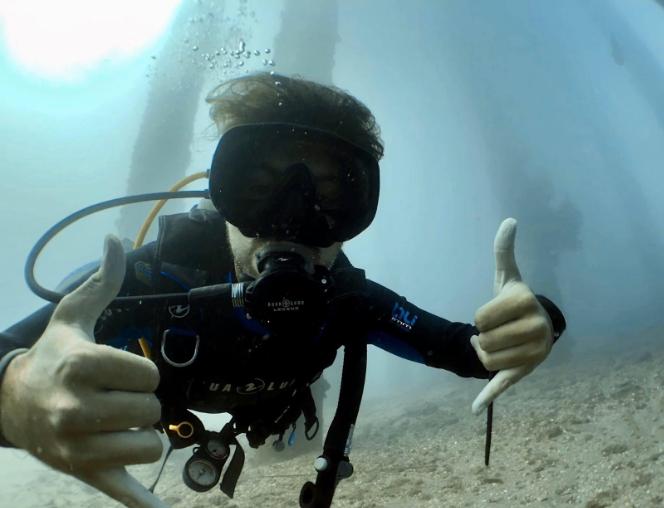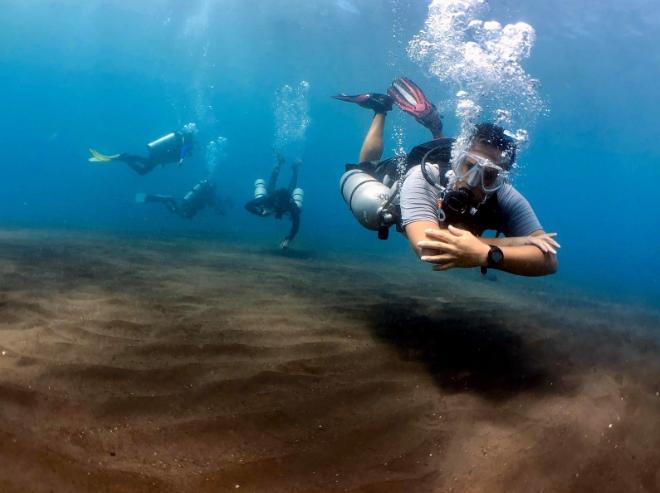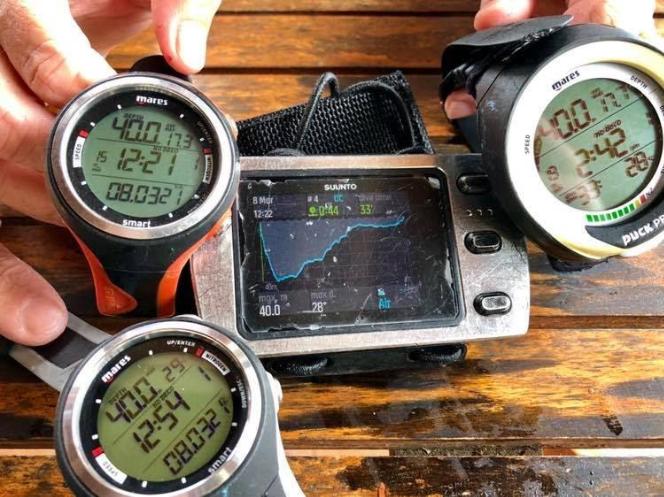IDC Internship Note – No Decompression Limit
No-Decompression Limit
Diving in Bali, or anywhere else in the world really, is fun and exhilarating. In Bali alone, there are different kinds of diving that can be enjoyed–wreck diving, muck diving, drift diving, etc. And just like any other hobby, diving comes with its fair share of safety risks. If you’re a diving enthusiast, this is probably something you’re aware of. However, if you’re looking to take your love for diving to the next level and are interested in becoming a dive instructor, diving risks as well as staying safe are important factors that you should definitely learn and master.
In this article, we’ll be discussing the significance of understanding the effects that can happen when the pressure changes underwater. Knowing what to do in a certain situation or how to avoid it can not only keep you safe, but can also significantly help to steer clear of illnesses.
Basics of No-Decompression Limit (NDL) for PADI Instructor Note
One of the most important aspects of diving that you’ll be learning about when becoming a dive instructor is No-Decompression Limit (NDL). To put it in layman’s terms, this is the time limit a diver can stay at a given depth. NDL varies between each dive, determined solely on the depth as well as the latest dive profile.

If a diver stays underwater beyond the indicated no-decompression limit, they cannot go directly up to the surface as this can cause decompression sickness. Instead, the diver should pause periodically during ascent. As a rule of thumb, a diver should never risk going beyond the no-decompression limit without special training.
Factors determining your no-decompression limit for a dive
Nitrogen determines the no-decompression limit. When submerged underwater, a diver’s body constantly absorbs compressed (Boyle’s Law: gasses compress underwater) nitrogen contained in the breathing gas. The compressed nitrogen that the diver’s body absorbs while descending is trapped in his tissues.
When ascending, the opposite happens–this trapped gas expands. If the diver’s body doesn’t get rid of the nitrogen before it forms bubbles, there is a risk of decompression sickness. Also, absorbing too much nitrogen means that the diver cannot ascend normally. Instead, he will need to make decompression stops, or pause from time to time, to let his body get rid of the excess nitrogen.
In summary, a no-decompression limit (NDL) is the longest time a diver can stay underwater and still go up without needing decompression stops.
This is what you will be teaching to your students for all recreational level courses as a PADI Instructor.
What determines nitrogen absorption?
These factors determine a diver’s absorption of nitrogen and their no-decompression limit:
- Time – The more time spent underwater, the more compressed nitrogen a diver absorbs.
- Depth – The greater the depth, the higher the rate of nitrogen absorption.
- Breathing Gas content – If a diver uses a breathing gas that contains less nitrogen, he then can stay underwater longer before reaching his NDL, as his body will be absorbing less nitrogen.
- Previous dives – Divers who have repetitive dives have a shorter no-decompression limit as nitrogen is still left in the body after every dive.
Becoming a PADI dive instructor comes with many responsibilities and endless learnings. The good thing is, once certified, you’ll be able to share your knowledge with your students and fellow dive enthusiasts–helping them calculate their no-decompression limit, as well as monitoring it during the dive, making sure that their experience is not only is fun, but safe as well.
Through the PADI Instructor internship here in Bali, Indonesia, you’ll be guided by our PADI Course Director and will soon be on your way to becoming a dive instructor. So what are you waiting for? Contact us now at PADI IDC Bali for more information.



